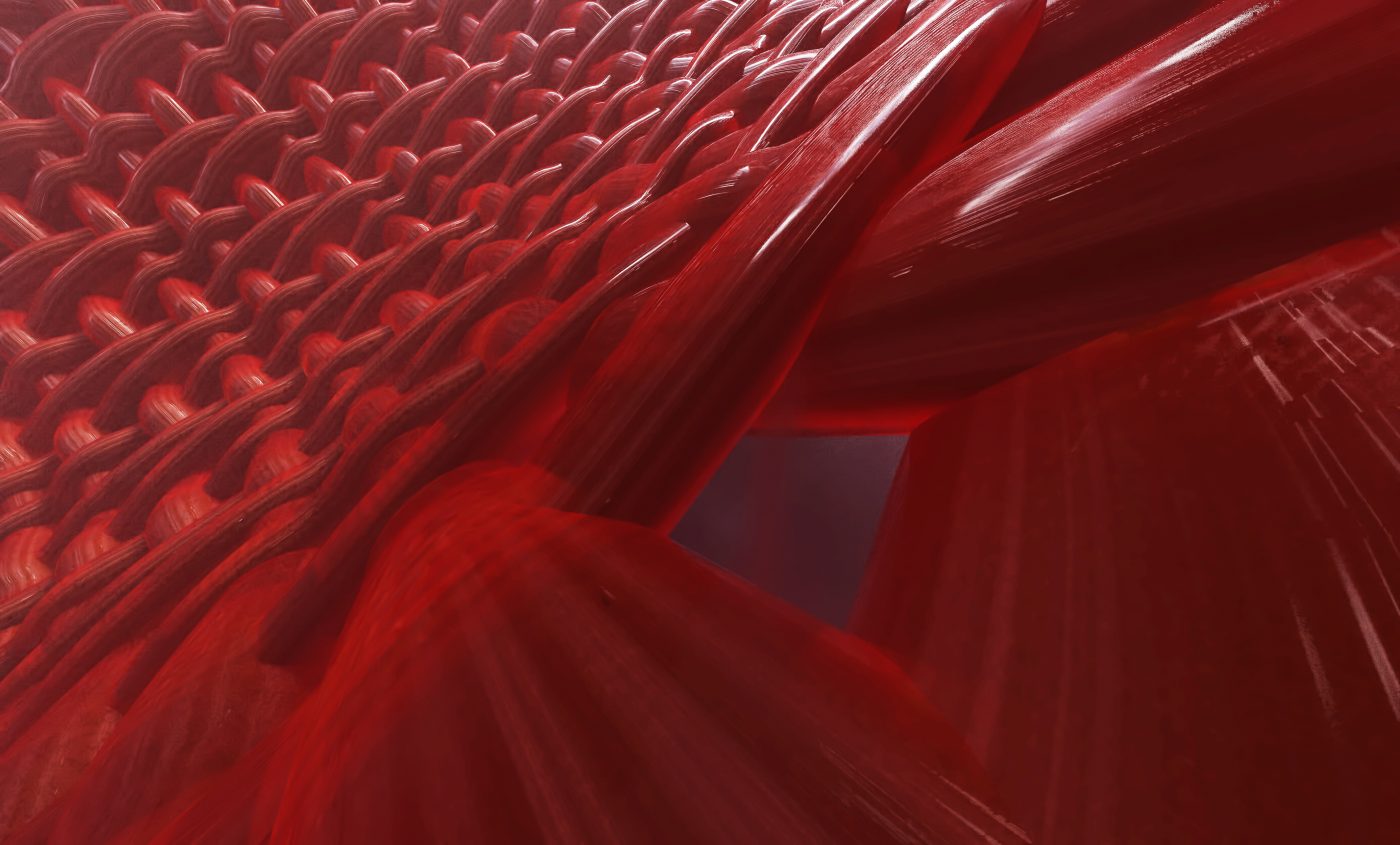Artificial Muscles May Lead to Personalized Treatments for MD, Study Suggests

Researchers have generated skeletal muscle from human stem cells in the laboratory, an achievement that may advance development of treatments and tissue replacement for patients with muscular dystrophy (MD).
Those findings are reported in the study, “Three-Dimensional Human iPSC-Derived Artificial Skeletal Muscles Model Muscular Dystrophies and Enable Multilineage Tissue Engineering,” which was published in the journal Cell Reports.
Skeletal muscle is the most abundant human tissue and it is responsible for movement, posture maintenance, joint stabilization, and heat production. Repair and regeneration of skeletal muscle relies on the body’s stem or progenitor cells. However, impaired muscle regeneration occurs in inherited disorders, including MD, or in acute or chronic conditions, such as trauma.
Producing artificial human skeletal muscles would be an invaluable tool to study disease processes, test treatment candidates, and enable tissue replacement.
Importantly, organoid systems, which use 3-D tissue cultures from stem cells to replicate at least part of an organ, have been developed successfully for other tissues, which improved drug development and regenerative medicine.
The research team generated 3-D artificial skeletal muscle tissue from human pluripotent stem cells, which can generate all cells of the adult body and be grown indefinitely in the laboratory. This was achieved from both healthy and diseased stem cells from patients with Duchenne, limb-girdle, and congenital muscular dystrophies.
“Our work shows that we can make patient-specific mini-muscles in the lab and those artificial muscles show distinctive features of some forms of severe muscle diseases,” Francesco Saverio Tedesco, MD, PhD, the study’s senior author from University College London, in the U.K., said in a press release.
Saverio added that the stem cell technology his team used enables the generation of “a virtually unlimited number of muscles in the lab and to have them combined with other cell types of the same patients which are very difficult to obtain otherwise, such as motor neurons.” Of note, motor neurons are specialized cells in the brain and spinal cord, whose nerve fibers connect with muscles and glands.
“These results lay the foundation for a human skeletal muscle organoid-like platform for disease modeling, regenerative medicine, and therapy development,” the researchers wrote. The team believes the findings may lead to personalised treatment options and to the development of artificial muscles for tissue replacement.
“Our findings are expected to facilitate development of therapies for incurable forms of [MD] by providing a novel way to test treatments in a personalized fashion and on multiple cell types at the same time,” Tedesco commented.
Recent research demonstrated that artificial muscles can be grown from human pluripotent stem cells. The scientists believe their results build on those findings and show the possibility of making skeletal muscle with its key cellular constituents, including motor neurons.






